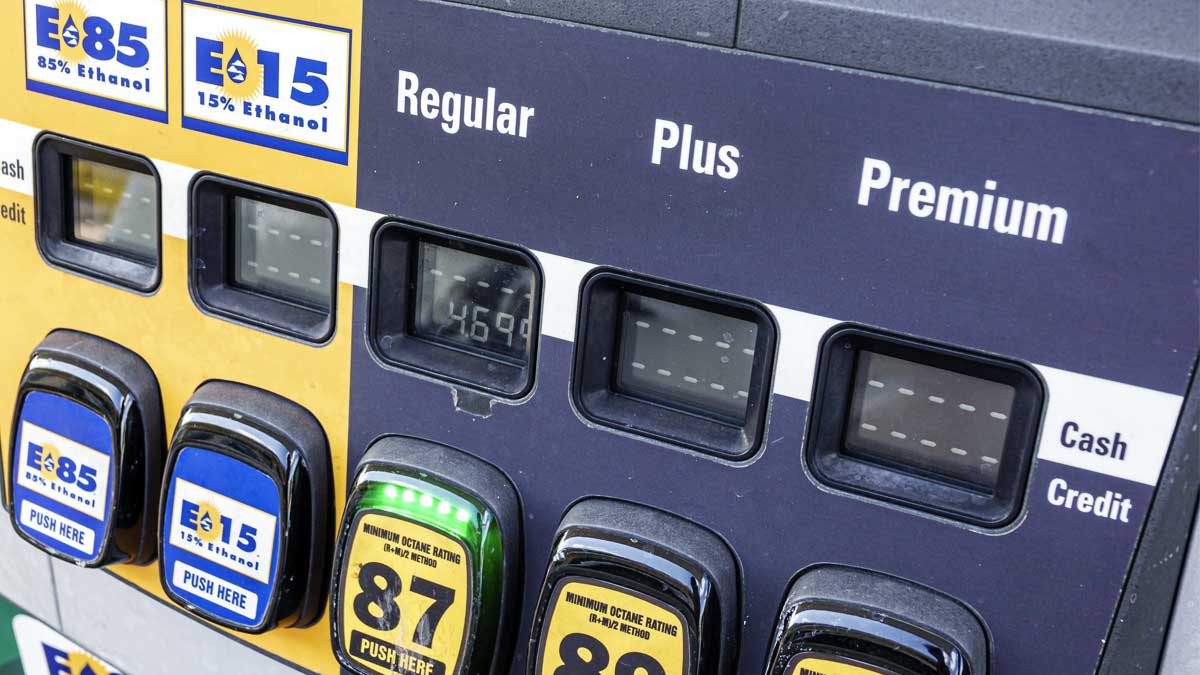Can Using Gas With 15 Percent Ethanol Damage Your Car?

If you’re using a low-grade fuel in a car that requires a higher-grade, such as 91 or a premium fuel, you’re doing yourself a disservice, and you could be causing damage to your car’s engine because that fuel is detonating too early in the cylinder. So is there ever a situation where you should be using E15 gas in your car?
“It depends on the age of your vehicle,” explains Ryan Pszczolkowski, Consumer Reports tire program leader and test driver. “If you remember some years back, we had E85 gas which was 51 percent to 85 percent ethanol, depending on the season and region of the fuel distributor. We found over time the E85 wasn’t good for motors and fuel systems. E15 has a much lower percentage of ethanol that isn’t as harmful to newer motors.”
The EPA says E15 can be used in flexible-fuel vehicles, as well as 2001 and newer cars, light-duty trucks, and medium-duty SUVs. Don’t use E15 in motorcycles or other small engines, heavy-duty trucks, or nonroad vehicles such as boats and snowmobiles.
“I looked at two random cars we purchased for our test program—a 2025 Ram 1500 and a 2025 Subaru Forester. Both of those manuals said 15 percent ethanol is the maximum percentage you should be putting into those cars,” says Alex Knizek, associate director of auto test development at Consumer Reports. “And another thing to remember is that ethanol isn’t as energy dense as regular gasoline so you will see worse fuel economy with E15 gas.”
The bottom line is to check your manual to see what type of fuel the manufacturer recommends. If your car is 2001 or older you’ll probably find the recommendation is no more than 10 percent ethanol, which is the most common blend of regular gas in the U.S. One tank of E15 isn’t going to kill your car, but it will affect it over time.
Source link











